|
John Tyman's Cultures in Context Series EGYPT and the SAHARA www.johntyman.com/sahara |
|
5.5 Case Study Pt. I: Siwa : 402-420 |
| . |
|
John Tyman's Cultures in Context Series EGYPT and the SAHARA www.johntyman.com/sahara |
|
5.5 Case Study Pt. I: Siwa : 402-420 |
| . |
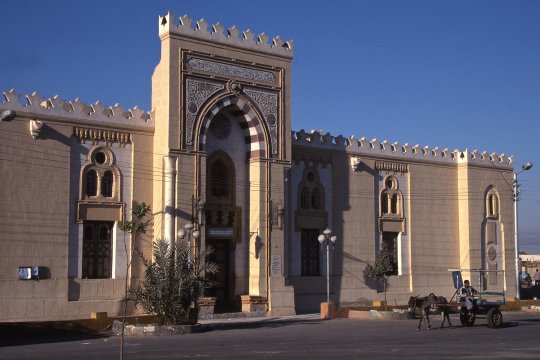 |
| .403. It was also a stopping-off point for pilgrims traveling to Mecca from the south and from the west, having a large mosque and a conservative Muslim population. |
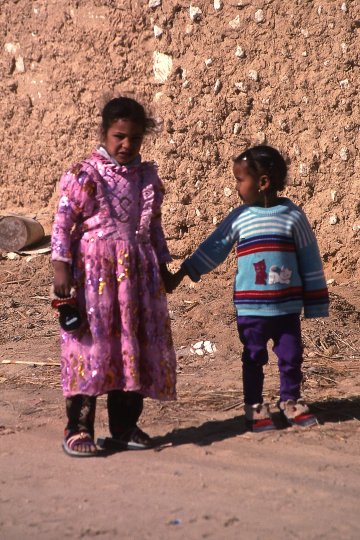 |
| .405. They have retained their own local language -- Siwi -- which is quite distinct from Arabic, as are some of their customs ... including the long dresses worn by young girls. |
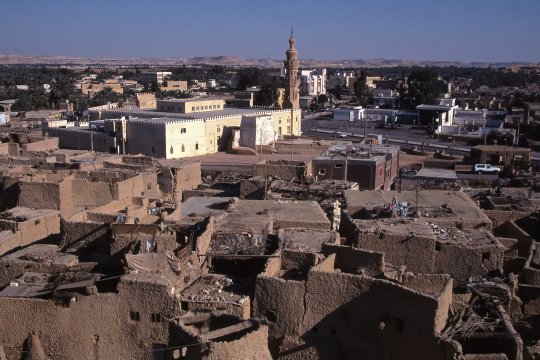 |
| .407. Their houses have flat roofs, allowing them to watch comings and goings below while they themselves are unseen. (Old town centre) |
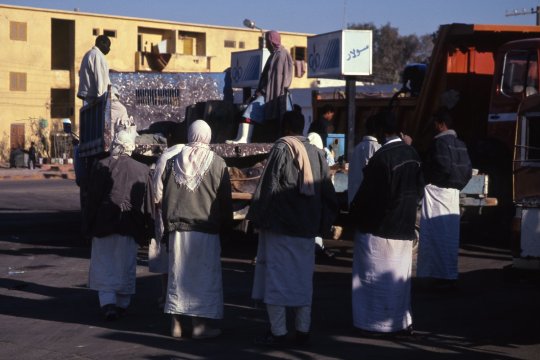 |
| .409. Outside activities are reserved for men. They cultivate the gardens and run the town’s businesses. Trucks now transport them to their place of work. (Men waiting for transport in town square) |
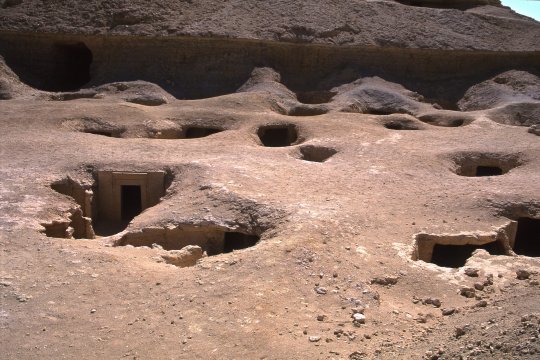 |
| .417. The great age of settlement in and around Siwa is obvious also from the many tombs carved into Jebel al-Mawta, the “Mountain of the Dead”, on the northern edge of town. (Burial area) |

![]()
Text and photos by John Tyman
unless otherwise indicated.
Intended for Educational Use
Only.
Contact Dr. John Tyman at johntyman2@gmail.com
for more information regarding
licensing.
![]()
www.hillmanweb.com
Photo processing, Web page layout,
formatting and hosting by
William
Hillman ~ Brandon, Manitoba ~ Canada